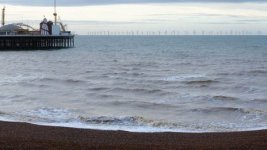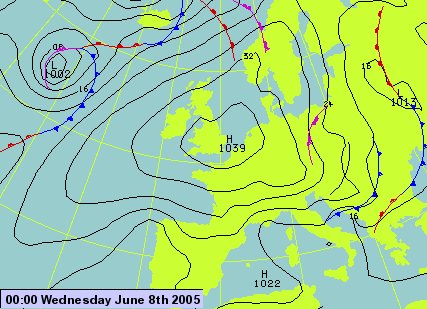Thunder Bolt
Silly old bat
I don't mind windmills as they're not as ugly as pylons, but I have been told that they're not cost effective.
I would like to see a lot more done with solar power.
I would like to see a lot more done with solar power.



 I am all for not using coal and gas and oil but why not get someone to speak who does the research and knows about it inside out?
I am all for not using coal and gas and oil but why not get someone to speak who does the research and knows about it inside out?

